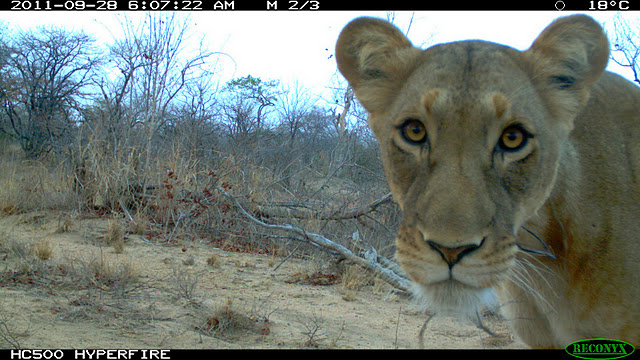Today’s featured #SciFund Challenge project is Does the act of looking change what we see? by Eric Abelson.

One of the biggest recent advances in conservation biology and wildlife science is the camera trap. What is a camera trap? It is a motion-sensitive camera that is used to take pictures of animals in the wild. Biologists leave camera traps on their own for days or weeks at a time. And the pictures taken by these camera traps have revolutionized our understanding of many species, from tigers to jaguars to lots more.
But what if the data coming from these camera traps is wrong? Biologists have been assuming that animals in range of camera traps are unaffected by them. But what if they are? What if the flash and noise of a camera shutter change how animals behave?Suddenly, all of the wildlife breakthroughs being achieved with these traps would need to be reconsidered.

That’s where Eric Abelson comes in. He is an ecologist and is pursuing his doctorate in biology at Stanford University. For his #SciFund project, he is researching whether camera traps affect wildlife behavior. The results of his research will have huge consequence for conservation and wildlife research. Do check out: Does the act of looking change what we see?


